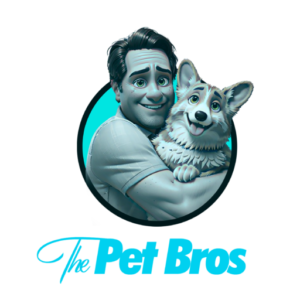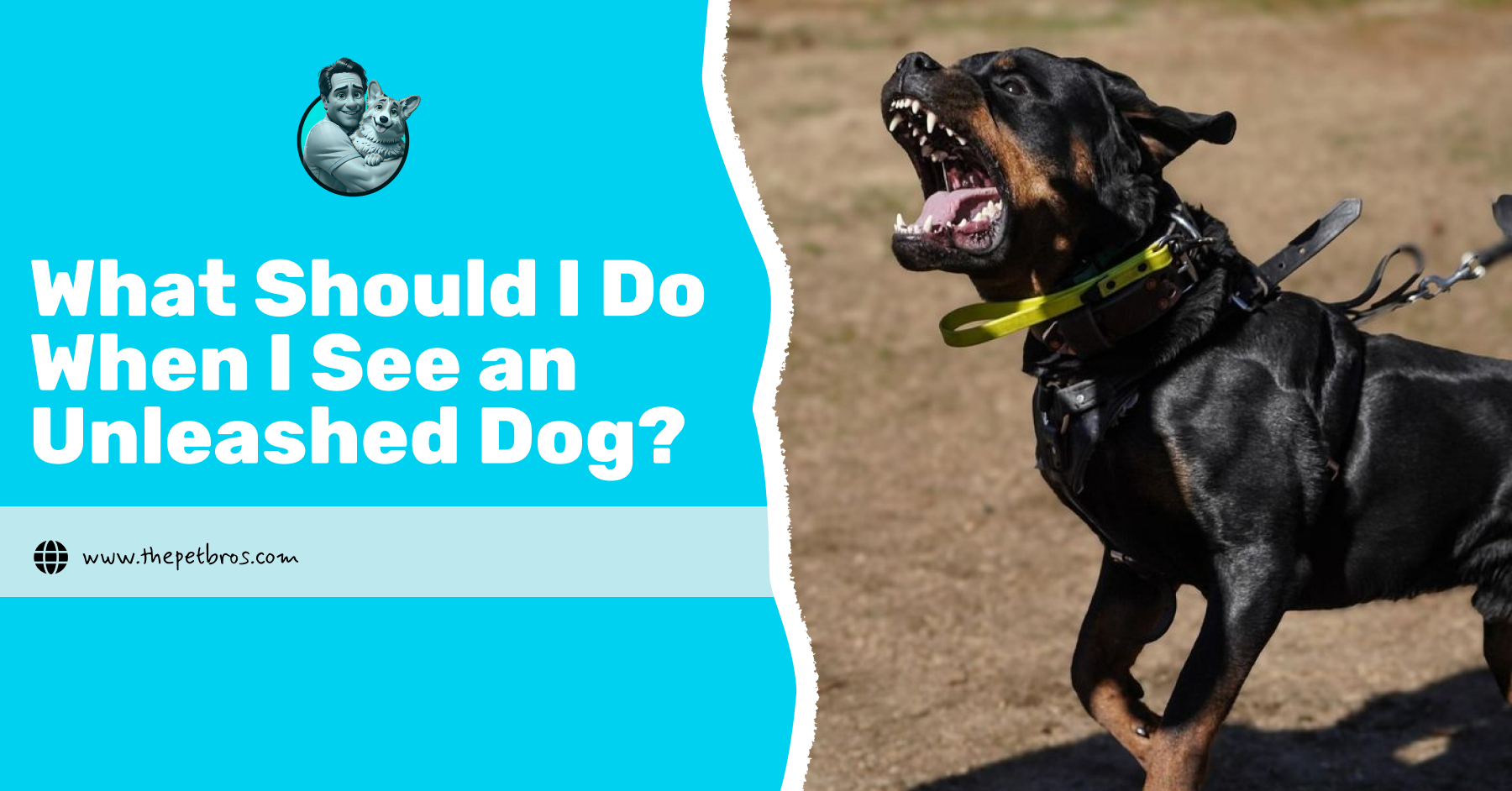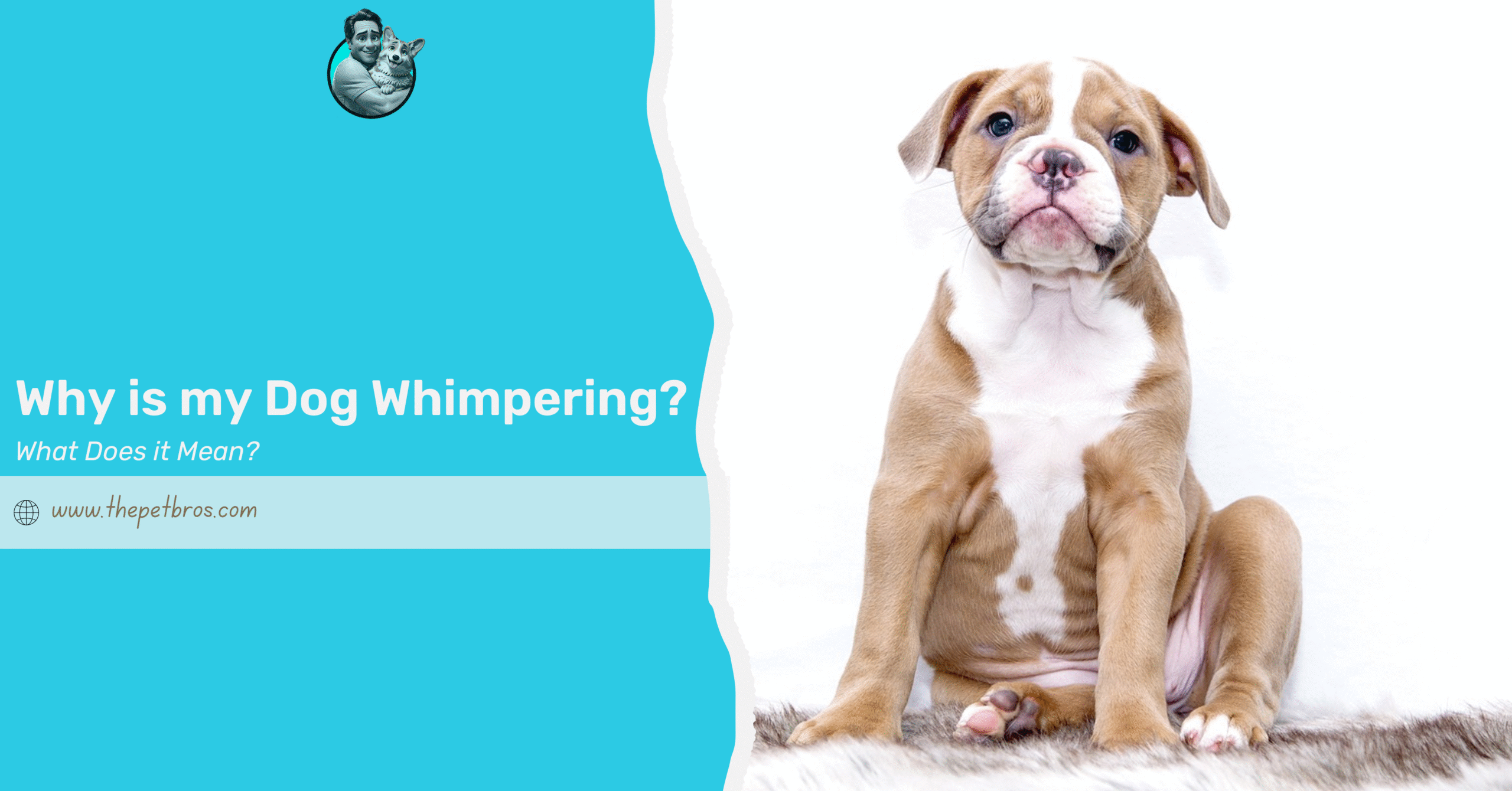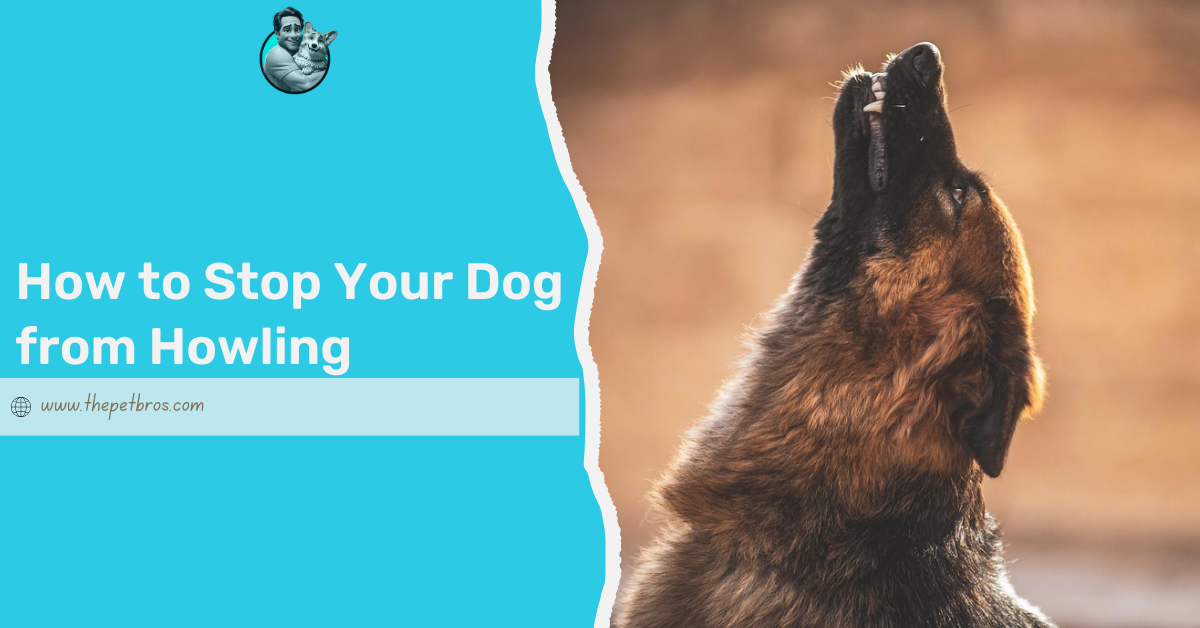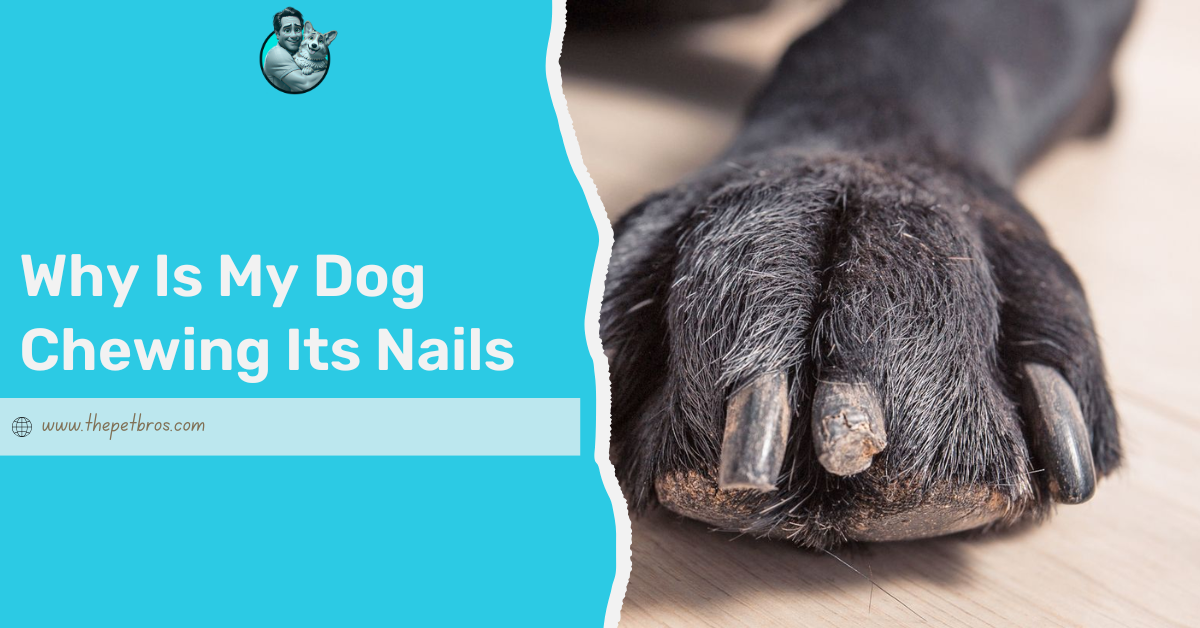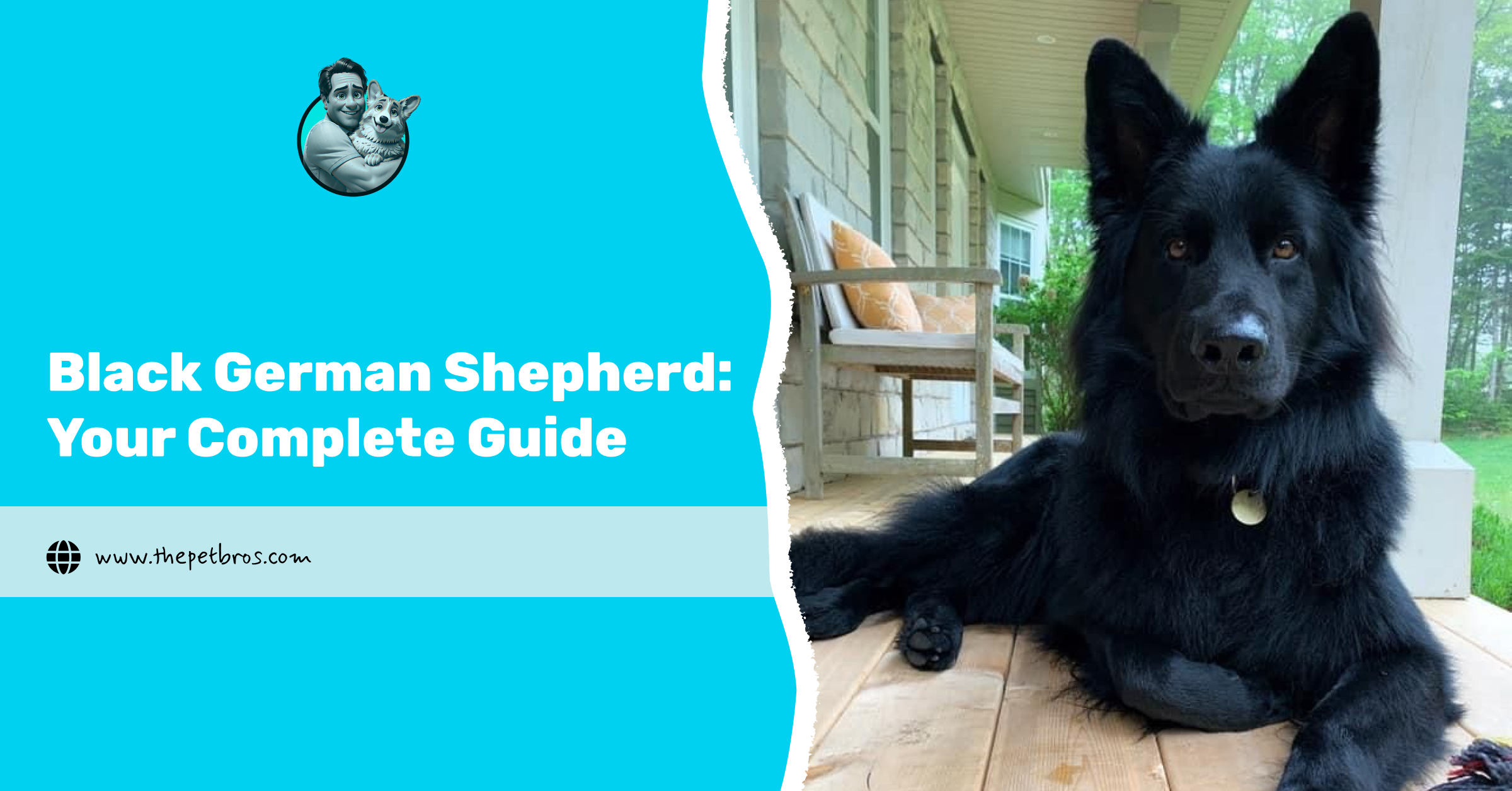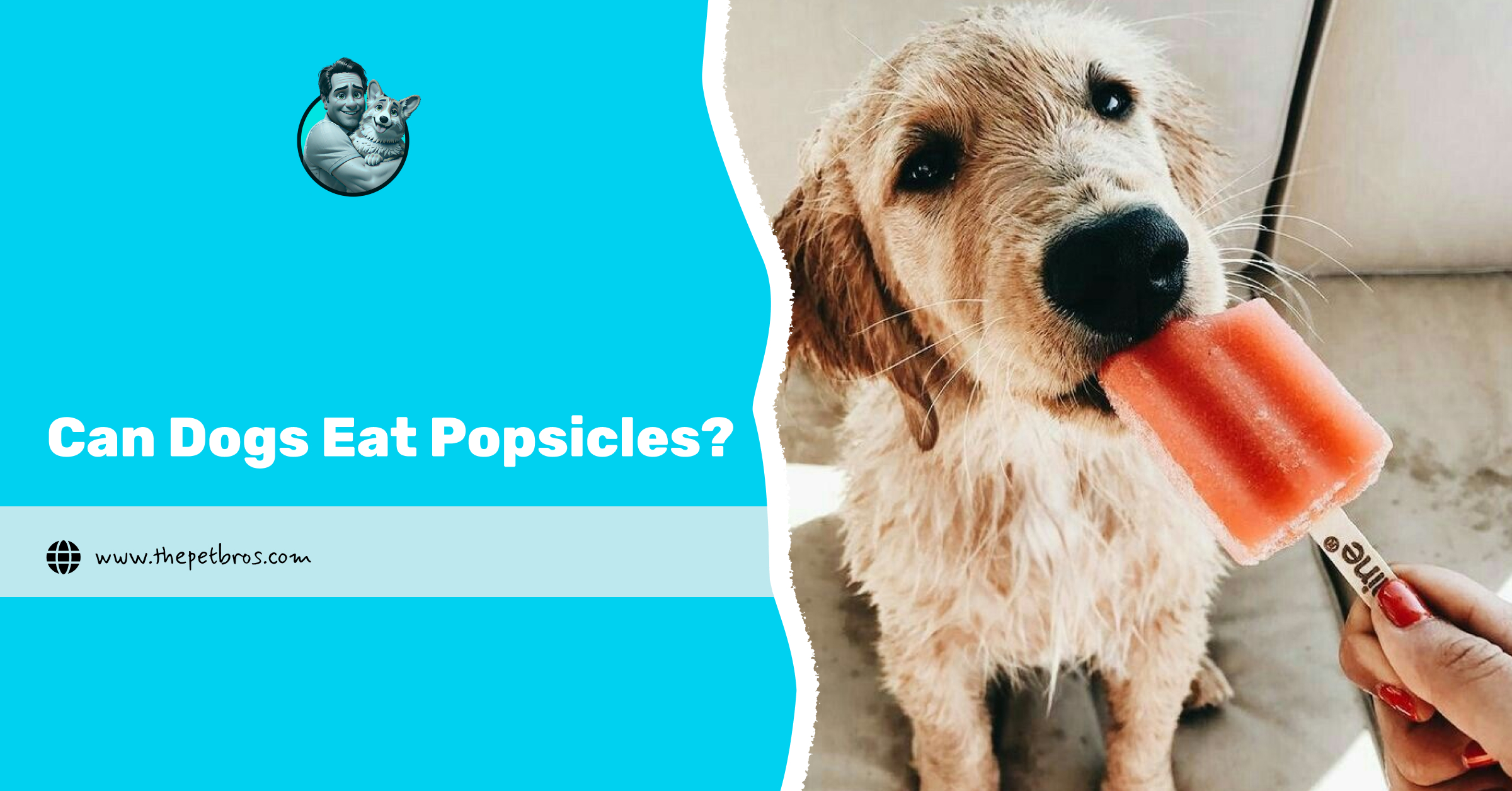You are strolling down the street, enjoying the sunshine, maybe thinking about how to sneak more vegetables into your dog’s dinner without them giving you that “Are you serious?” look. Life is peaceful… until you spot it. An unfamiliar dog. Your brain goes from “what a lovely day” to “What should I do when I see an unleashed dog?”.
Your mind races. Are they friendly? Are they lost? Are they about to jump on you and steal your sandwich? You stand there, part curious, part nervous, wondering what is about to happen. This is one of those moments people rarely prepare for, but it happens far more often than you think.
Some dogs are big softies, others are bundles of nerves, and a few might have just escaped from the “Do Not Pet” club. In this guide, we will cover how to keep yourself safe, how to read the dog’s vibe, and how to deal with the situation without losing your cool.
Essential Tips for Handling an Unleashed Dog
1: Stay Calm and Assess the Situation
The moment you see an unleashed dog, your first reaction might be to shout, wave your arms, or run. Instead, pause and take a deep breath to steady yourself. Staying calm helps you think clearly and prevents the dog from interpreting your fear as a challenge. Keep your movements slow and deliberate, avoiding any sudden actions that might excite or alarm the animal.
Quickly scan your surroundings for useful details. Is the owner close by? Are there clear escape routes or barriers you could use if necessary? Pay attention to the dog’s body language. A relaxed stance with a wagging tail may suggest friendliness, while a rigid posture, growling, or an unblinking stare could indicate aggression.
2: Avoid Direct Eye Contact
Do not march right up and stare the dog down like you are in a cowboy showdown. To a nervous dog, that intense eye contact says, “I am here to challenge you,” and that is not the vibe you want. Dogs often use eye contact to show who is boss or to warn others to back off. Instead, take a quick glance, then look slightly to the side, keeping your head relaxed and your shoulders easy. It is your way of saying, “Hey buddy, I am just passing through.” This gives the dog room to breathe and gives you a moment to read its mood before you decide on your next move.
3: Keep Your Dog Close and Still
You are strolling along with your dog, enjoying the day, when they start whimpering. You look up and, oh, what a joy, there’s an unleashed dog making a beeline for you. Now, this is not the time to panic and yank the lead like you are starting a lawnmower. And shouting? That will only tell your dog that you are panicking, too. Instead, freeze like a tree, shoulders loose, and channel your inner “nothing to see here” energy. Step slightly in front of your dog like their personal bodyguard, ready to block any unwanted meet-and-greets. This calm and collected act can keep the drama to a minimum and give you the upper hand in sorting things out safely.
4: Use a Barrier if Available
If you often walk in areas where off-leash dogs are common, carrying an umbrella or walking stick can give you an added layer of protection. These items create space between you and the approaching dog, making it less likely to come too close. This small precaution can make you feel more secure during your walks, and you don’t have to be thinking, What should I do when I see an unleashed dog.
Even a bag, coat, or any large object can act as a shield for you and your dog. By placing it between the other dog and yourself, you create a visual and physical barrier. If the dog still approaches despite your precautions, stay calm and slowly back away to a safe distance.
5: Speak Firmly but Calmly
Using a confident voice can make a big difference when faced with an unfamiliar off-leash dog. Say clear, simple commands like “Go home!” or “Sit!” in a firm, low, and steady tone, avoiding shouting, which might excite or agitate the dog. Many dogs, even those that are not yours, instinctively respond to strong and direct instructions, especially if they sound like those used by their owners during training. Your tone should convey authority without aggression, showing the dog that you are in control of the situation. This can help create a moment of pause, giving you time to move away safely.
6: Do Not Run
Bolting off like you are in the 100-metre final is one of the worst things you can do if you see an unfamiliar dog. Most dogs have a strong chase instinct, and the moment they see something running, their brain goes, “Game on!” Even the calmest dog can suddenly transform into a furry sprinter.
The trick is to stay still or move in a calm, almost boring way. Think of yourself as the least interesting thing in the park. That gives the dog a moment to sniff the air, size you up, and realise you are not worth the effort. If you do walk away, make it slow and steady, as if you have all the time in the world. No flapping arms, no sudden moves. Aim for the vibe of someone heading home after a big lunch. That calm energy tells the dog there is no chase to be had here.
What to Do Next After The Encounter
If you ever find yourself in a run-in with an aggressive or unleashed dog, the very first thing to do is get yourself to safety. Put as much distance as you can between you and the dog, and make sure you are completely out of harm’s way before doing anything else.
Once you are safe, let local animal control or the right authorities know what happened. Give them as many details as you can remember. Think about the dog’s size, colour, and any markings. Mention exactly where and when it happened, and explain what took place step by step. If you spotted a collar, tags, or anything that could identify the dog, make sure to mention it. The clearer your report, the quicker they can act and hopefully prevent it from happening again.
If you or your dog got hurt, even if it seems like a small scratch or nip, do not brush it off. Go straight for medical or veterinary attention to stop infection or other problems before they start. Keep notes, photos, and receipts for any treatment. They could be important later if further action is needed. It also helps to spread the word to neighbours or other dog walkers in the area so they can be extra alert.
How to Prevent Future Incidents
Stick to routes where there are plenty of people around. Busy paths are far less likely to surprise you with an aggressive or uncontrolled dog. Those quiet, tucked-away spots might feel calm at first, but without anyone nearby to help, they can leave you in a tricky position. If it is allowed where you live, a small deterrent spray or a loud whistle can be worth carrying. They are not there to cause harm, just to give a startled “hey, back off!” moment so you have time to move to safety.
It also helps to prepare yourself and your dog for the “just in case” moments. Sometimes, your dog might decide they have had quite enough socialising for the day. Teaching them to stay calm and listen to quick commands like “stay” or “come” can make all the difference. If you are unsure how to handle unexpected encounters, a dog behaviour class can be a game-changer. You will not only pick up useful techniques but also get a safe space to practise them. Plus, watching other dogs and owners work through the same challenges can be oddly reassuring; you are not the only one learning the ropes.
Conclusion
Bumping into an unleashed dog can feel a bit like stumbling into the middle of a drama you didn’t audition for, but you don’t have to be caught off guard. When you know exactly what to do when you see an unleashed dog, you swap panic for a game plan. Keep your cool, protect yourself and your pup, and handle the follow-up like a pro. The more prepared you are, the more your walks can stay what they’re meant to be, peaceful, tail-wagging adventures, not surprise episodes of “Dog Park Chaos: The Street Edition.”
FAQs
Why do people unleash their dogs?
Many believe their dog is harmless, well-trained, or happier exploring without a lead.
How to stop a dog from chasing?
Don’t run. Shout “No” or “Stop,” and use a loud noise or distraction tool.
Why does a dog pick you?
The dog may see you as a threat, prey, or simply react to your movement.
